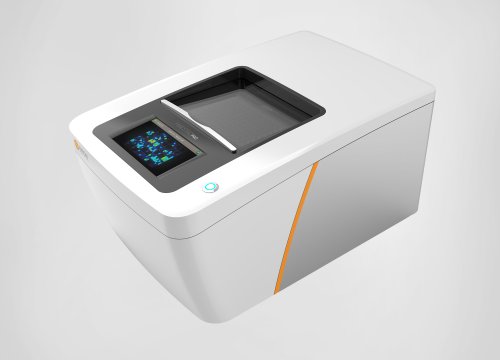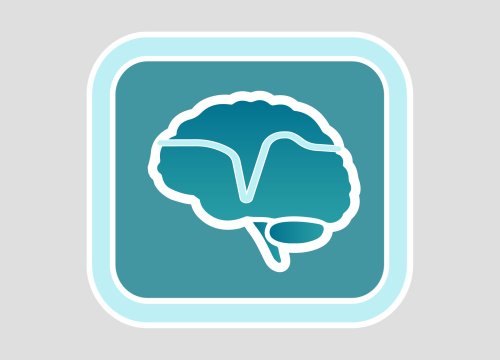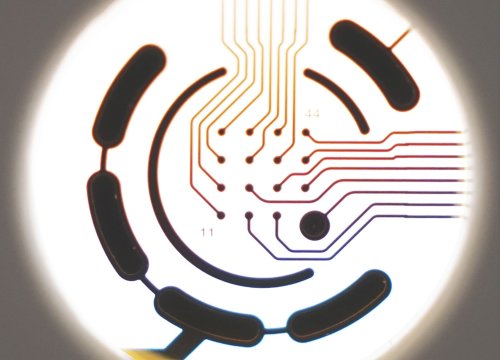Author: Dr. Karen Litwa
East Carolina University
The endocannabinoid system may play a role in the development of autism spectrum disorder and might be key to treating people with severe forms of the condition. In this commentary, Dr Karen Litwa, Assistant Professor at East Carolina University’s Brody School of Medicine, US explores how a bioelectronic assay is helping unravel the complex relationship between the endocannabinoid system and autism spectrum disorder in stem cell-derived spheroids, work that could help reveal novel therapeutic targets.
Chemicals found in cannabis are similar to naturally occurring endocannabinoids, the class of compounds that act as neurotransmitters in the body’s complex endocannabinoid system (ECS). Scientists believe this system maintains equilibrium in the brain. Imbalances in the ECS have been associated with neurodevelopmental disorders such as autism spectrum disorder (ASD) and some evidence has shown that consuming cannabis can relieve ASD symptoms. In the hope of setting the stage for therapeutic development for ASD, I developed a cortical spheroid model of the ECS – a three‑dimensional (3D) construct of neural cells derived from induced pluripotent stem cells (iPSCs) – and observed its electrophysiological properties using a bioelectronic assay.
The ECS helps to regulate synaptic plasticity, the mechanism by which the brain learns and changes during neurodevelopment and in response to life experiences. Endocannabinoids modulate communication between neurons, helping to refine complex brain circuitry that governs motivation and behaviour. As medicinal and recreational cannabis continues to gain favour around the world, it is more important than ever to study the neural mechanisms underlying the effects of cannabis on the developing nervous system, understand how dysregulation in the ECS contributes to developmental disorders such as ASD and identify potential targets for treatment.
ASD and the endocannabinoid system
About one percent of Americans live with severe ASD, a disorder characterised by communication deficits, cognitive impairments, repetitive behaviours and hypersensitivity to stimulation.1 In numerous animal and human studies, scientists have demonstrated that exposure to compounds that activate the ECS, before and after birth, contributes to ASD symptoms.2 A recent retrospective analysis found that mothers who consumed cannabis during pregnancy were more likely to have children who developed ASD.3 Together, these data suggest that the ECS plays a central role in ASD development and that targeting this system could be vital to treating the condition.
Several studies have shown a relationship between ASD and overactivity in the brain – a sign of disruption in normal neural function – and suggested the ECS might be the culprit. To illustrate the point, scientists note that people with ASD are more likely to experience seizures and are often hyperreactive to sensory stimuli, symptoms that may arise from an imbalance of excitatory and inhibitory activity in the brain. Interestingly, people with ASD also exhibit reduced levels of the enzymes that synthesise GABA, the primary inhibitory neurotransmitter in the brain.4 According to one study, people with ASD are missing about 35 percent of their GABA‑releasing, inhibitory interneurons in a brain region called the caudate nucleus, which mediates several higher‑order functions.5
The ECS helps these interneurons develop to regulate excitatory activity in the brain. Scientists have found that exposure to cannabis during pregnancy and through adolescence can impede interneuron development, which may contribute to behavioural and cognitive deficits, including those seen in ASD.2
Cannabis activates the ECS by signaling endocannabinoid receptors. The predominant endocannabinoid receptor in the brain, the CB1 receptor, appears all over the growing embryo within the first couple of weeks of development.6 Scientists believe that it is through this receptor that endocannabinoids promote interneuron development. Based on what is observed when the ECS shuts down, they also believe that endocannabinoids create healthy and balanced neural circuits. When scientists knock out the endocannabinoid receptor genes in mice, the animals exhibit neural hyperexcitability and seizure‑like behaviour.2 Conversely, cannabidiol, a non-psychoactive compound found in cannabis, is US Food and Drug Administration (FDA)-approved to treat two rare forms of severe epilepsy.7 One of those drugs is now undergoing a Phase II clinical trial to test its effects on severe ASD.8
Scientists therefore believe that the ECS modulates several aspects of neuronal development, managing the balance between excitatory and inhibitory signals. The data demonstrate that various genetic and environmental factors, including cannabis consumption during pregnancy, dysregulate the ECS and contribute to the formation of neuropsychiatric conditions such as ASD. At the centre of this equation lies the CB1 receptor, which binds tetrahydrocannabinol (THC) – the primary psychoactive component of cannabis. As an integral player in neurodevelopment, ASD, and seizure disorders, the CB1 receptor might be an important target in treating several neurodevelopmental conditions.


